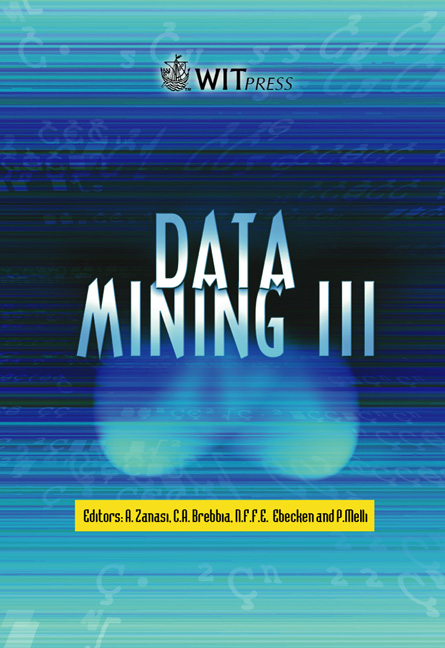Process Modelling Analysis: Comparison Between Activity-oriented Models, Product-oriented Models And Decision-oriented Models
Price
Free (open access)
Volume
28
Pages
Published
2002
Size
400 kb
Paper DOI
10.2495/DATA020261
Copyright
WIT Press
Author(s)
M Benabdellatif
Abstract
This paper presents a comparison between three classes of process models in management information systems (MIS) development. The activity-centred models are the most numerous. Based on the \“Waterfall” generic model, they include well-known process models defining the development process by finding and executing a plan of actions leading to the solution without mentioning a particular connection to the resulting product. A product is a specification of the solution to develop produced by an engineer. The product-oriented process models represent the development process through the evolution of the product. Their advantage is to put the product definition in the foreground and push the process definition in the background. But the process is defined as an organized set of transformation activities that do not allow the capturing of the semantic attached to them. The purpose of the more recent approach gathering process models is to emphasize the decisional aspect of the process. The successive transformations of the product are consequences of human decisions. Such models are semantically more powerful than previous ones because they explain not only how the process proceeds but also why transformations happen. Considering the limitations of the first two classes of process models, we think that the decision-oriented ones are the best adapted to describe the MIS process modelling. The paper shows an instantiation of the \“Nature” model to Object-Oriented Modelling and Design (OMT) methodology process.
Keywords





